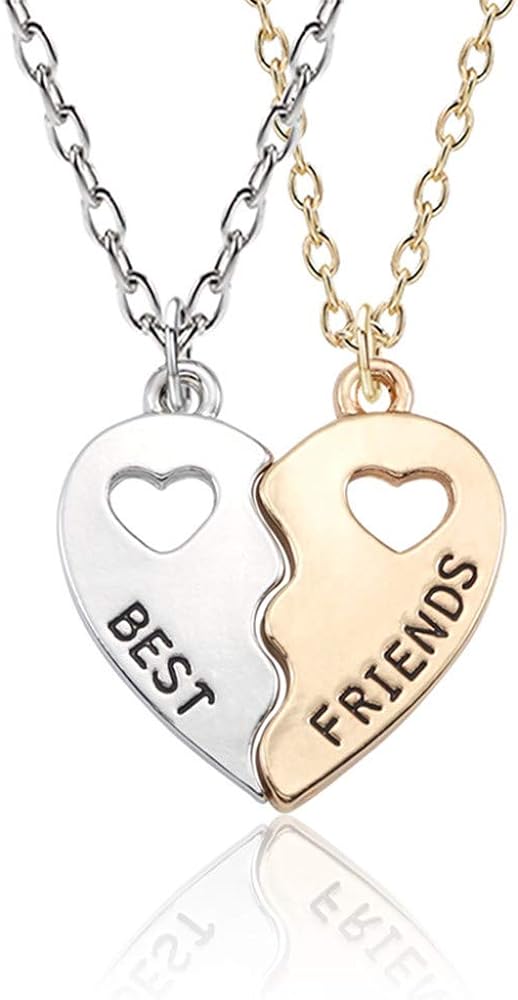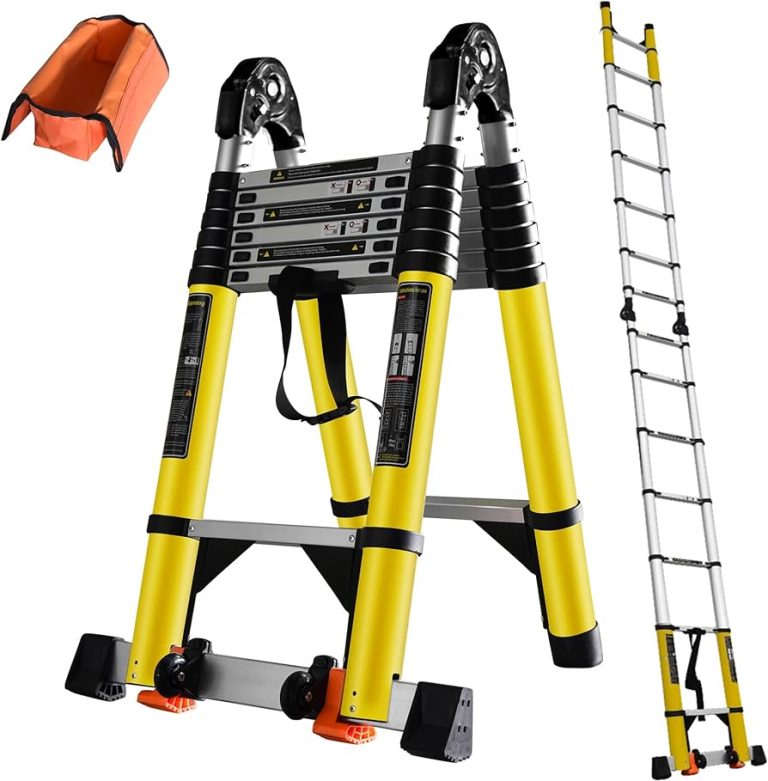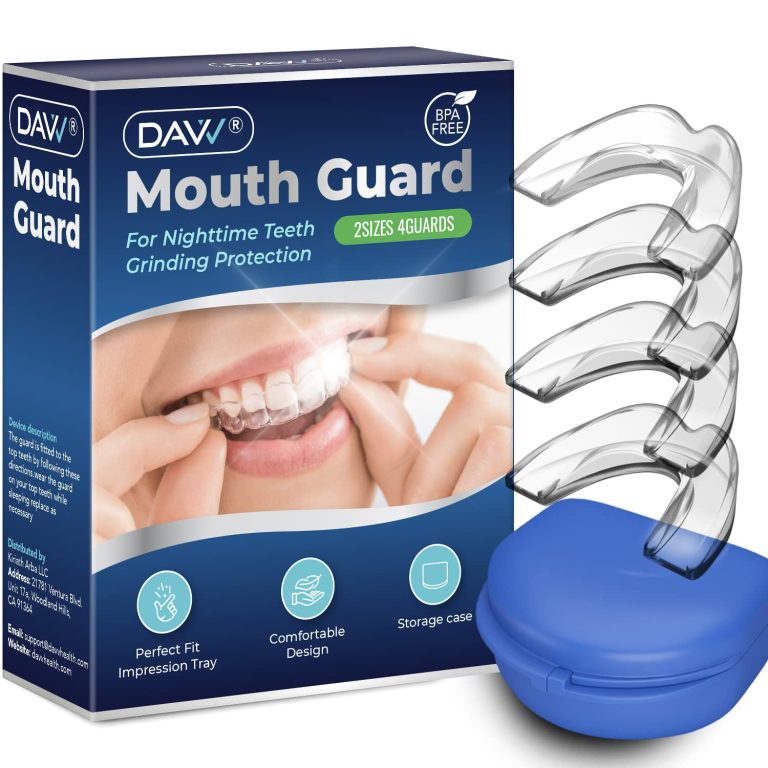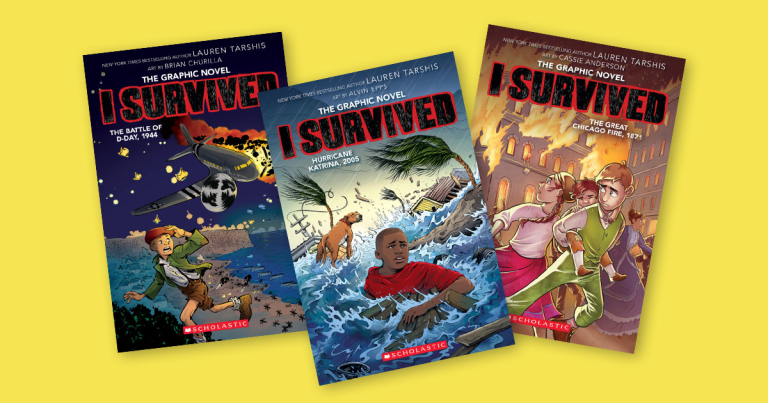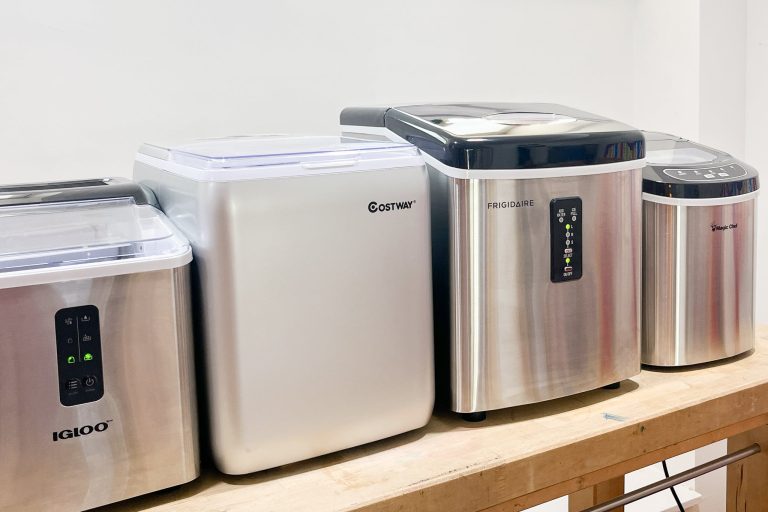9 Best Toys for One-Year-Olds: Enhance Development and Fun
Choosing the perfect toy for a one-year-old can feel overwhelming with so many options available. At this age, children are rapidly developing their motor skills, curiosity, and cognitive abilities, making it crucial to select toys that are both fun and educational.
In this guide, you’ll discover the nine best toys that not only entertain but also support your child’s growth and development. From interactive playsets to sensory toys, these carefully selected options will keep your little one engaged and happy.
1. Building Blocks
Building blocks are a timeless favorite that can aid a child’s development in numerous ways.
Boost Fine Motor Skills
Building blocks help your child develop fine motor skills by requiring them to grasp, lift, and stack the pieces. This repetitive action enhances hand-eye coordination. The blocks’ different sizes and shapes challenge your child’s dexterity, improving their ability to handle small objects.
Encourage Creative Play
Building blocks spark your child’s imagination by allowing limitless opportunities for creative play. They can build towers, houses, or any structure they can dream up. This open-ended play enhances problem-solving skills and encourages social interaction when playing with others.
Overall, building blocks are a versatile toy that fosters physical and cognitive growth.
2. Push and Pull Toys
Push and pull toys are perfect for helping your one-year-old develop essential physical skills. They encourage movement and exploration, making playtime both fun and beneficial.
Develop Gross Motor Skills
Push and pull toys help develop gross motor skills. When your child pushes or pulls a toy, they engage large muscle groups, enhancing their strength. Over time, this repetitive motion aids in building up those muscles, which is crucial for activities like walking and running.
Enhance Balance and Coordination
Using push and pull toys enhances balance and coordination. As your child maneuvers the toy, they must stabilize their body and control their movements. This effort helps improve their posture and coordination, making them more stable on their feet.
3. Musical Instruments
Musical instruments are fantastic for one-year-olds. They introduce rhythms and sounds while stimulating cognitive development and creativity.
Introduce Basic Rhythms and Sounds
Boost your child’s auditory skills with simple musical instruments like shakers, tambourines, and xylophones. These instruments help them recognize patterns and differentiate between sounds. Shakers teach your child basic rhythmic patterns, while tambourines provide varied textures. Xylophones introduce different pitches and melodies, enhancing their auditory perception.
Stimulate Cognitive Development
Encourage cognitive development through musical play. Instruments like keyboards and drum sets boost problem-solving and memory. Keyboard toys help your child learn cause-and-effect relationships by pressing keys to produce sounds. Drums improve their ability to follow rhythms and sequences, aiding in pattern recognition. Playing music also enhances focus, making these toys both entertaining and educational.
4. Soft Books
Soft books are an excellent choice for your one-year-old, combining safety with the benefits of early learning.
Promote Language Skills
Soft books are perfect for promoting language skills in young children. The bright and colorful pictures captivate their attention while helping them associate words with images. Simple text and narratives introduce new vocabulary, fostering early language development. Reading aloud to your child enhances bonding, listening skills, and word recognition, setting the foundation for future literacy.
Safe and Durable for Young Children
When it comes to safety, soft books are a great option for one-year-olds. These books are made from cloth or other soft materials, ensuring they are safe to chew on and free from harmful edges. They can withstand rough handling, drooling, and even machine washing, making them a durable choice for young explorers. Many soft books include interactive elements like crinkly pages and attached toys, which add sensory stimulation and keep your child engaged.
5. Stacking Rings
Teach Size and Sequence
Stacking rings are perfect for teaching your child about size and sequence. They’re designed to help your little one understand the concept of bigger vs. smaller as they stack the rings in the correct order. For example, as your toddler tries to figure out the right sequence, they’ll develop critical thinking skills and a better understanding of spatial relationships.
Improve Hand-Eye Coordination
These toys significantly improve hand-eye coordination. The act of placing each ring on the peg enhances your child’s fine motor skills. When your child accurately aligns and places the rings, they’re not just playing—they’re honing their ability to control their movements and steadily improve their dexterity. This process is crucial for tasks they’ll encounter as they grow.
6. Activity Cubes
Activity cubes are versatile toys that captivate one-year-olds with their multiple interactive features. These cubes are designed to offer diverse play experiences.
Offer Various Ways to Play
Activity cubes provide various ways to play, each side of the cube displaying different activities. You might find bead mazes, shape sorters, and spinning gears, among other features. This variety keeps your child engaged for longer periods and stimulates various developmental areas.
Support Problem-Solving Skills
Activity cubes support problem-solving skills by presenting challenges that require your child to think critically. For example, shape sorters on the cube encourage recognizing different shapes and figuring out where they fit. This process helps develop cognitive abilities and enhances your child’s problem-solving skills.
7. Plush Toys
Plush toys are timeless companions for young children. They provide comfort, security, and numerous developmental benefits.
Provide Comfort and Security
Offer comfort to your little one with plush toys. These soft, cuddly companions help children feel secure, especially during bedtime or when away from home. According to the American Academy of Pediatrics, plush toys can ease separation anxiety by providing a familiar object for your child to cling to. Plush toys often become cherished keepsakes that remind children of their early years.
Develop Social and Emotional Skills
Encourage social interactions with plush toys. Children often engage in pretend play, where they talk to and care for their plush toys, mimicking real-life situations. This type of play fosters empathy and emotional intelligence. The Journal of Developmental Psychology notes that children who play with plush toys are likely to develop better social skills and an understanding of emotions. By role-playing with their plush companions, your one-year-old can learn about relationships and emotional expression.
8. Interactive Dolls or Stuffed Animals
Interactive dolls or stuffed animals are wonderful companions for one-year-olds. They engage little ones in imaginative play, fostering various developmental skills.
Encourage Imitation and Role Play
Interactive dolls prompt your child to mimic adult behaviors. They might feed a doll with a toy bottle or put it to sleep, fostering nurturing skills. Through these actions, your child learns caregiving behaviors, strengthening their social understanding. This type of role play is vital in developing empathy, as they imagine what the doll needs or feels.
Aid in Emotional Development
Stuffed animals often become comfort objects, helping your child manage emotions. When your child hugs a plush toy, it can ease anxiety and provide a sense of security. Interactive features, like talking or singing, can teach emotional expression. For instance, a doll that laughs or cries introduces your child to different emotions, aiding in emotional recognition and response.
9. Shape Sorters
Shape sorters are excellent toys for stimulating your one-year-old’s mind. They combine fun and learning in a way that’s perfect for young children.
Enhance Cognitive Abilities
Shape sorters challenge your child’s cognitive abilities by requiring them to match shapes to appropriate slots. This helps improve problem-solving skills and spatial awareness. As your little one examines each shape, they learn to recognize differences and similarities, aiding in the development of early geometry skills. The act of fitting shapes into corresponding holes also introduces basic concepts like size, shape, and color.
Fine-Tune Motor Skills
Fitting shapes into the correct slots hones your child’s fine motor skills. Manipulating the shapes involves grasping, holding, and turning pieces, which strengthens hand-eye coordination and dexterity. These toys also encourage bilateral coordination as your child uses both hands to hold the shape and guide it into place. Fine motor skills developed through activities like these lay the foundation for future tasks that require precise hand movements.
Conclusion on Selecting Top Toys for Your One Year Old
Choosing the right toys for your one-year-old is crucial for their development and happiness. Each toy on the list offers unique benefits that support various aspects of growth, from motor skills to cognitive abilities. By providing a mix of toys like building blocks, musical instruments, and plush companions, you can create a stimulating and nurturing environment for your child.
Remember, the best toys are those that engage your child while also challenging them to learn new skills. Trust your instincts and observe what excites your little one the most. With the right selection, you’ll not only entertain but also contribute significantly to their developmental milestones. Happy toy hunting!

